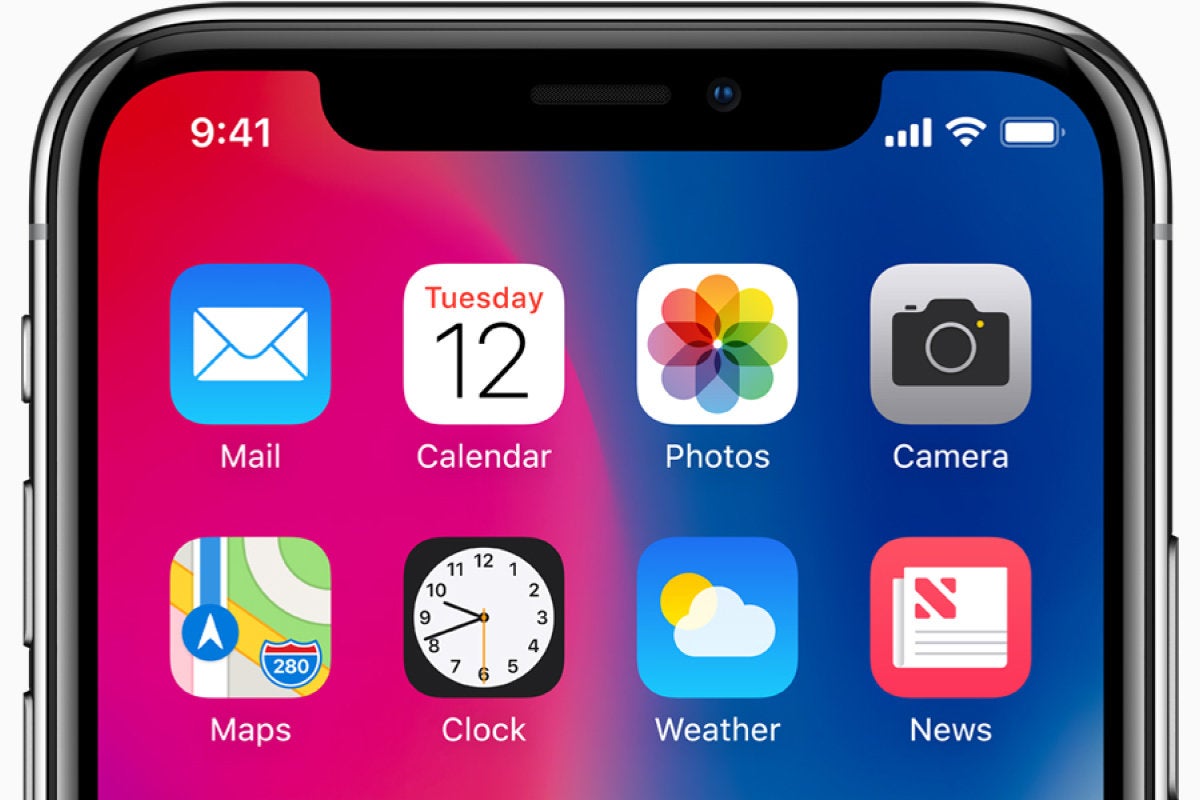How To Get Apps To Take Advantage Of The Full Iphone X Screen
8 ways businesses can take advantage of the iPhone X
Apple's iPhone X is a powerful business tool. Be sure you're getting the most out of it in your organization.
![]() By
By
Computerworld |

The iPhone X is the most advanced phone Apple has produced, which makes it a good match for business users. Why is that? Busy professionals are constantly on the move, trying to keep tabs on teams, communicating over messaging apps, even typing documents on the fly. They need a phone that is secure, works reliably, runs fast, and has features that make them more productive. The iPhone X delivers on all fronts.
With a starting price tag of $999, outfitting users with iPhone X devices represents a significant outlay, but the payoff in the long run might be worth it — and if you've got a BYOD program, chances are you've got a few users who are already using an iPhone X. Here are 8 ways businesses can benefit from bringing the iPhone X into their organization.
1. Encourage real productivity
The A11 Bionic chipset in the iPhone X has four high-efficiency cores that are 70% faster than those in the previous A10 chip, plus two high-performance cores that are 25% faster than the ones in the A10 — and the A11 can use all six cores simultaneously. That makes the iPhone X the fastest phone Apple has ever made. With that kind of processing power under the hood, it's one of the first phones that could be mass deployed for productivity in the workplace without concerns over performance.
All this fits nicely with the daily workflow of office workers. Apps like Microsoft Word and Apple Pages run fast enough that workers can rely on them when traveling, pairing an external Bluetooth keyboard like the Logitech K810 with their phone to type up and design rich documents. Aided by a new Apple-designed GPU, Skype and FaceTime video calls run more smoothly on the iPhone X as well.
2. Boost security and convenience with Face ID
Face ID, the new facial recognition technology built into the iPhone X, bumps up the new phone's security over previous models. According to Apple, if a phone is lost or stolen, the chance of another person unlocking a phone via Face ID is 1 in a million; with Touch ID, the fingerprint-sensor technology built into other iPhones, it's 1 in 50,000. Face ID is more convenient for users as well, since they can quickly look at the phone to unlock it (the only catch being that they do have to pick up the phone and look at it).
Tonia Baldwin, a director at smartphone supplier A1 Connect, notes that users might initially have trouble getting the phone to unlock when they glance at it. It might be frustrating for them to have to type in their passcode when the iPhone X doesn't detect their face, but the Face ID technology improves over time, Baldwin says. When a user looks at the phone, then types their passcode, the algorithms improve so it will work better next time.
How To Get Apps To Take Advantage Of The Full Iphone X Screen
Source: https://www.computerworld.com/article/3247253/8-ways-businesses-can-take-advantage-of-the-iphone-x.html
Posted by: leeyeas2002.blogspot.com

0 Response to "How To Get Apps To Take Advantage Of The Full Iphone X Screen"
Post a Comment